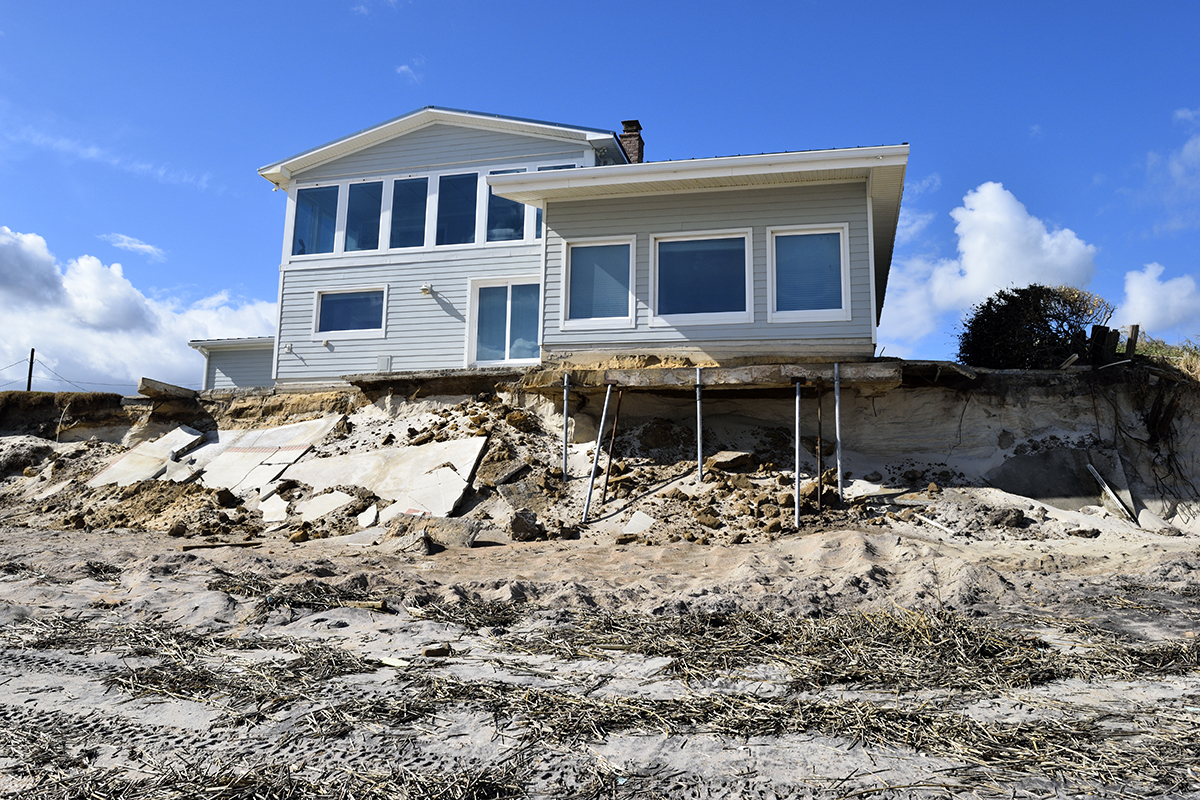
Sand dunes provide important signs about climate change – and now scientists are using them to forecast the future of coastal environments and marginal farming areas in arid locations.
Flinders University research collaborations are developing new models for reading sand dune movement to give a better understanding of what will happen when sea levels rise through both natural and human impact. This, in turn, will unlock evidence of how climate change will affect the way we live.
“It gives us a much better handle on what to expect as climate change affects our coastal environments, and what are our best management options for those environments,” says Patrick Hesp, Strategic Professor in Coastal Studies at Flinders University.
Professor Hesp has worked with Spanish scientists in a project led by Professor Luis Hernandez-Calvento (and supported by the Government of Spain), to better understand the dynamics of vegetation growth and foredune development in arid regions such as the Saharan coast and the Canary Islands.
The resulting article, Geomorphological Changes in Arid Transgressive Coastal Dune Field Due to Natural Processes and Human Impacts, published by Earth Surface Processes and Landforms journal, found that climate change is driving the development of different dune types, beyond what the researchers expected.
The researchers found that the complexity of coastal erosion issues is amplified by 12 cultural and geomorphological processes, including urban occupation, salinisation, dune loss, destabilisation and flooding. Their work also emphasises that an arid climate ensures that changes occur at high speed.
Importantly, Professor Hesp believes these findings also relate to sites in southern Australia, where increasing aridity due to climate change may have widespread potential effects on dune stability and dune development.

“Studying the vulnerability and quality of beach-dune systems through these indicators will greatly help with the proposal of more effective management measures for coastal conservation from a sustainable development perspective,” says Professor Hesp.
Another recent research paper entitled Sediment Budget Controls on Foredune Height, by Robin Davidson-Arnott with Patrick Hesp, Jeff Ollerhead, Ian Walker, Bernard Bauer, Irene Delgado-Fernandez and Thomas Smyth (scientists from Australia, Canada, US and UK), has been published by Earth Surface Processes and Landforms.
These researchers were able to create a simple computer model that can accurately calculate the rate of foredune growth and erosion, while factoring in the influence of a large number of other variables.
The model simulates foredune growth, developed from more than six decades of data, and showing how foredune height (the first dune at the back of the beach) behaves as sediment supply changes or sea level rises. It shows that sediment can be transferred from the beach to the foredune, even with a steep seaward slope of foredunes.
The model demonstrates that the rate of growth in foredune height varies as a function of sediment input from the beach and erosion due to storm events, as the researchers expected, but it also demonstrates that the rate of growth in foredune height will decrease over time.

While the study is based on the Greenwich Dunes situated on the north east coast of Prince Edward Island, Canada, which is lashed by extreme winter storms, it has wider implications for all threatened coastal areas – such as South Australia’s metropolitan coastline.
“Coastal preservation is a big global concern that this group of international scientists are plugging into,” says Professor Hesp, “and each development and paper published gets us a step closer to arriving at more effective coastal management and protection.”

